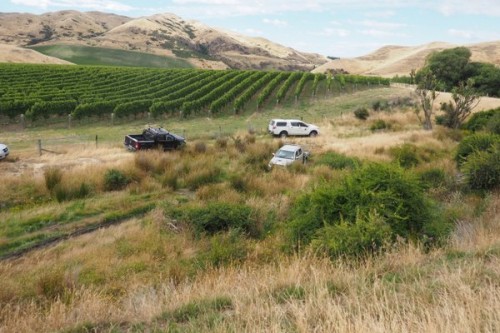
The Pinot Noir Safari. It’s the second time this has taken place. Various winegrowers take international guests through the back-country and off-road routes, taking in some special vineyards across the Marlborough region. We make several stops, where they explain what it is that makes each vineyard important, and we get to taste some Pinot Noir in situ. Marlborough is by far the biggest region in New Zealand now, with some 27 000 hectares in the Wairau and another 7000 hectares in the Awatere. It’s an interesting region, and this is a great way to understand how the various subregions differ, and the effect of soils on the quality of the Pinot Noirs that result.
Here’s a film of the event:

There are eight or nine 4×4 vehicles, including a couple of Land Rover Defenders, which look the most rugged. But it’s these that got stuck in the Awatere River last time, presumably because they weren’t being driven the right way. No one got stuck this time.
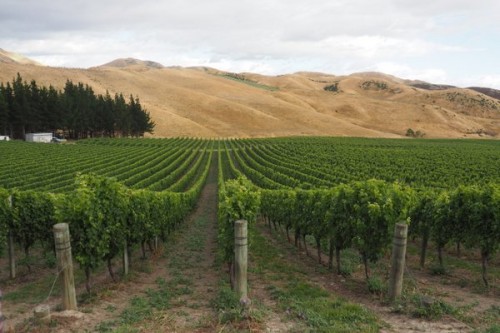
We began in TerraVin’s Calrossie Vineyard, which is just tucked behind the Wither Hills. So it’s not quite Awatere: more sort of the extreme end of the Southern Valleys. Here we start with some fizz. Appropriate for 10 am.
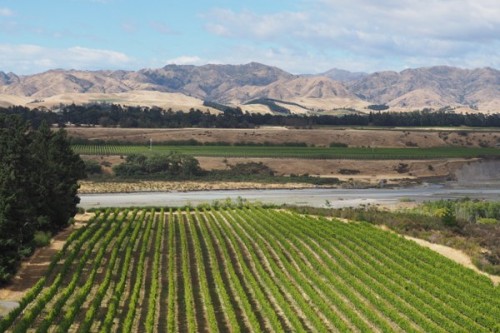
Next stop was the Awatere, and Villa Maria’s Seddon Vineyard. We also looked at Nautilus’ Awatere River Vineyard, which is nearby, and stopped here to taste a few wines.
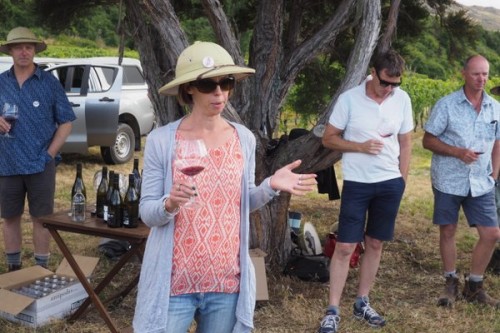
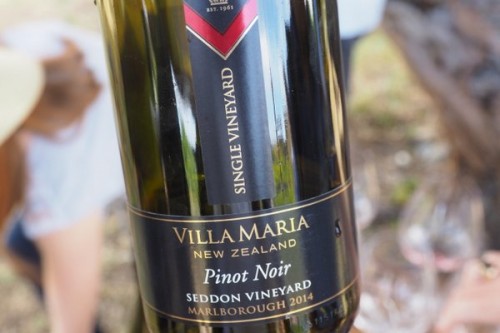
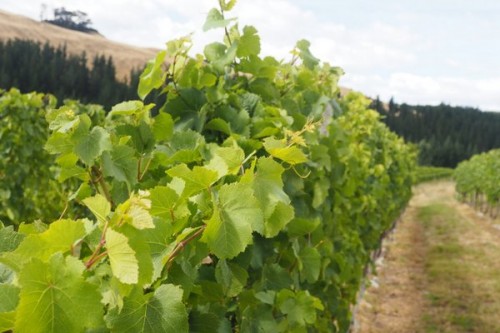
After a coffee and pie break on the banks of the river, it was back over to the Wairau via the Taylor Pass. Here we stopped at Auntsfield, at their Southern Valleys vineyard. We tasted here inside their historical barn: wines were first made here at the end of the 19th century, but wine growing in Marlborough ceased in 1905, and was only begun again 70 years later.
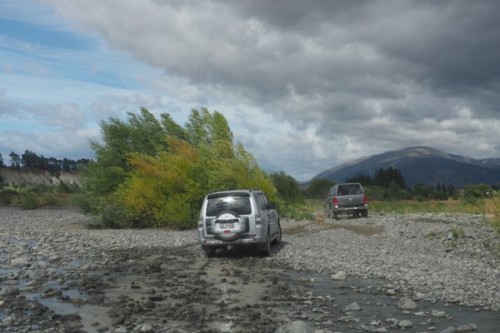

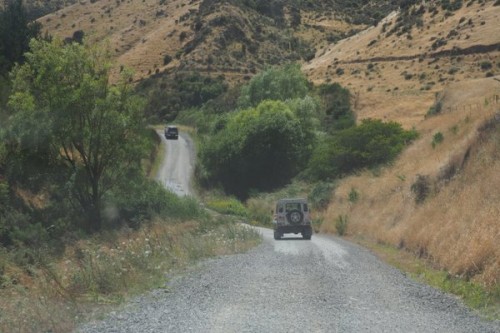
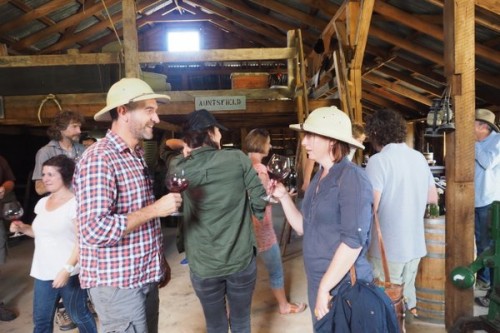
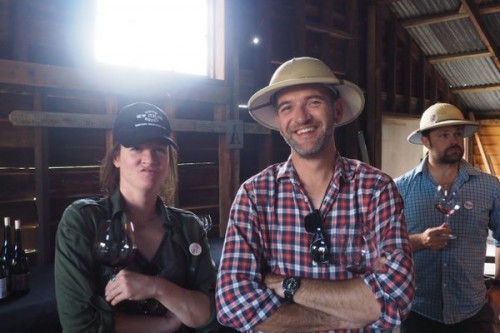
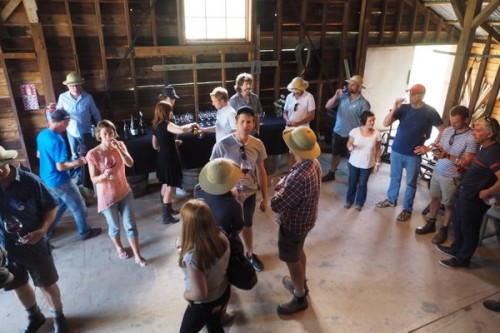
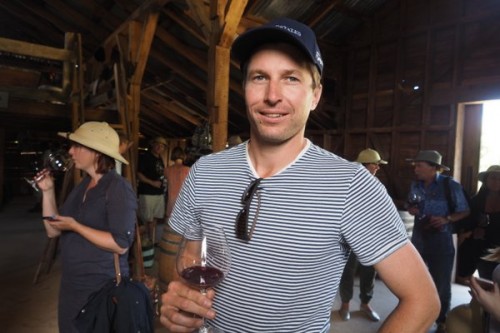
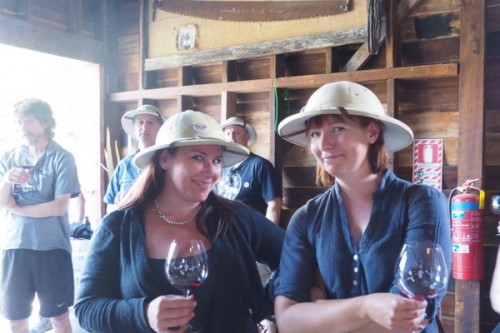
We next headed over to the Brancott Valley, where we had a nose around, and stopped at Dog Point. Here we tasted wines made from the Dog Point vineyards, and also Greywacke and Fromm, who have vineyards nearby.
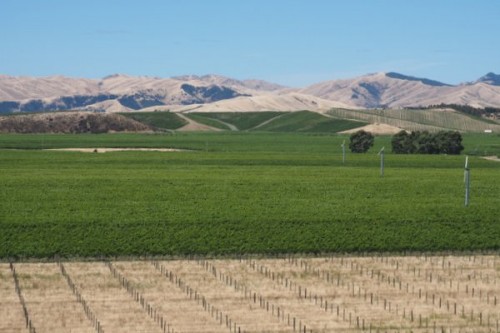
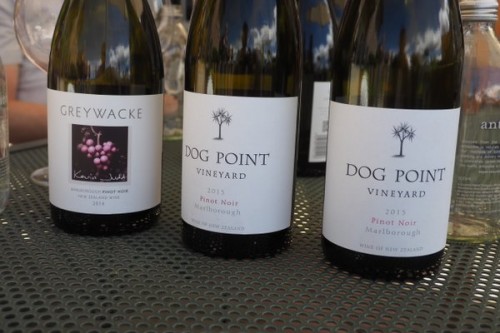
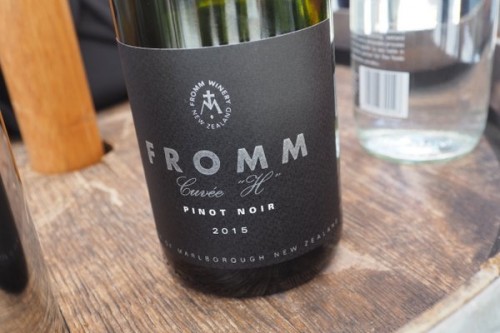
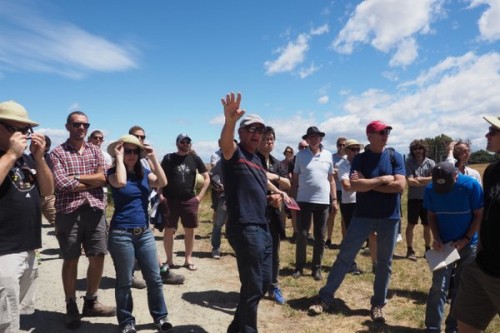
Next stop was the Omaka Valley, where we looked at vineyards owned by Spy Valley and Nautilus, as well as tasting their wines.
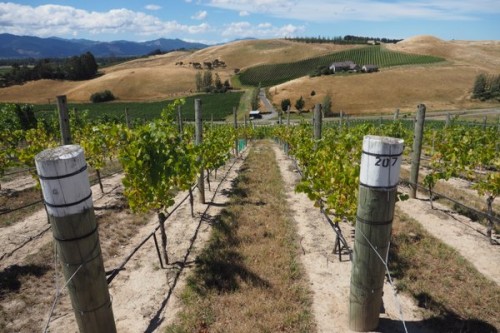
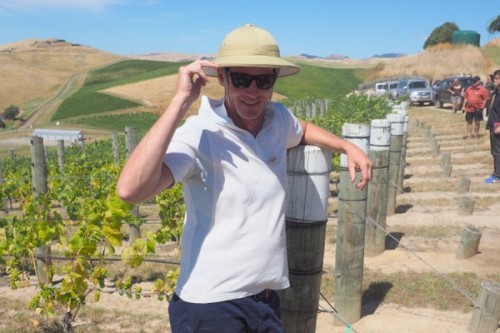
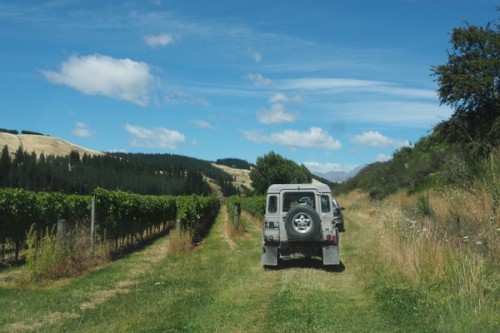
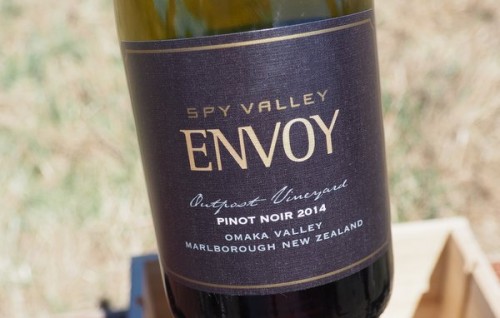
Seresin’s biodynamically managed Raupo Creek vineyard, also in the Omaka Valley, was the next stop. We tasted a few wines here and got wind blasted.
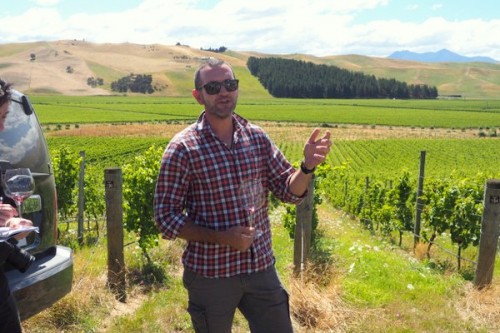
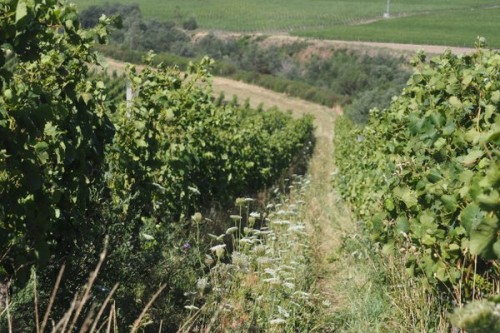
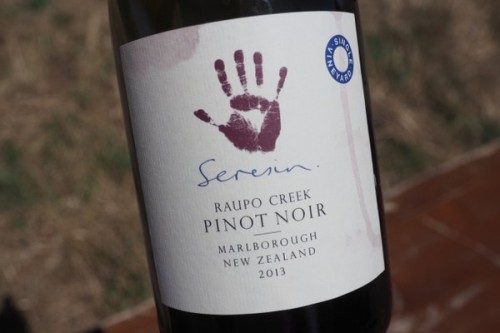
The tour finished at Churton’s vineyard in the Waihopai Valley (actually, it’s not Waihopai, according to Sam Weaver, the proprietor, who thinks it should be called Omaka Valley). Here we tasted more wine, including some Fromm and Churton, and finished with a beer. It was a lovely day, and it was so good to see the stylistic diversity of Marlborough Pinot, and how this relates to place and soil type.
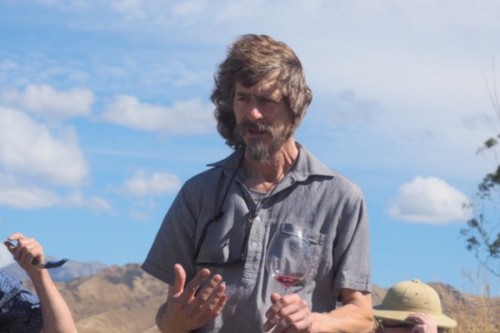
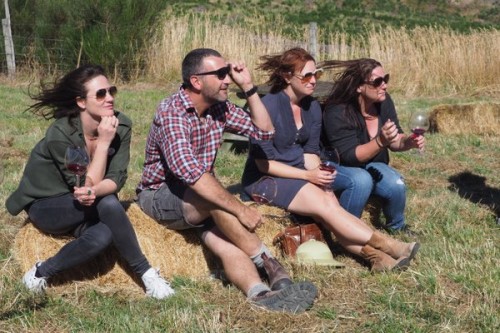
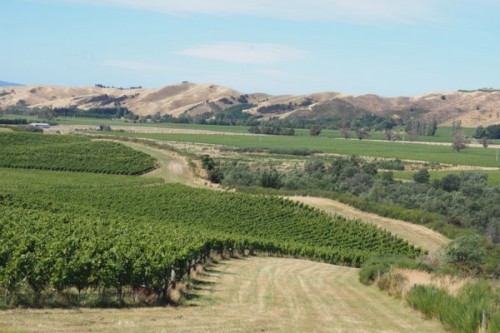
See also: some great examples of Marlborough Pinot Noir
Leave a Comment on The Marlborough Pinot Noir Safari